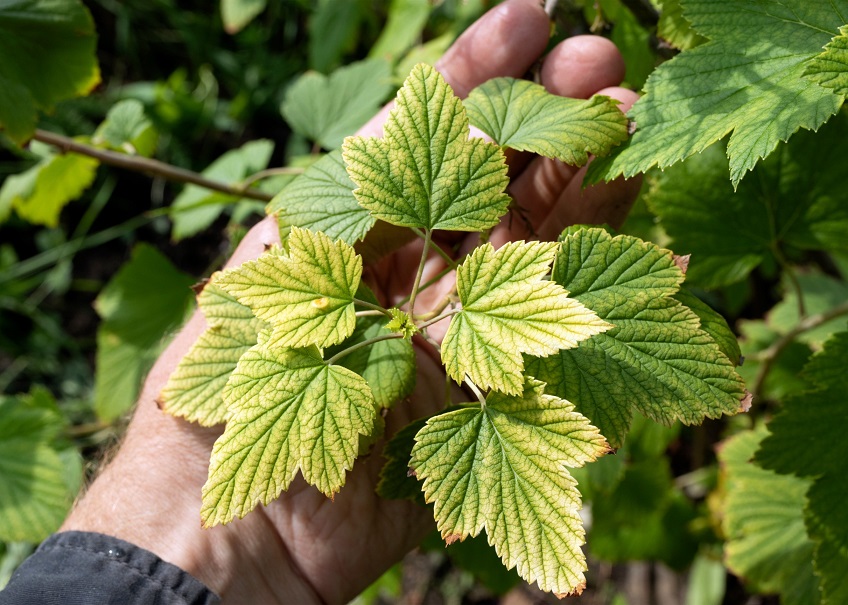
Have you noticed that your tree is starting to just look a little sad? It doesn’t look dead, and there’s no diseased branches, but it looks like it could use a little boost, right? Well, don’t worry and don’t assume you have no other choice than to tear it out. There are a lot of things you can do to help a tree that isn’t super healthy but still has some good life left.
Trees growing in their natural habitat rarely suffer from nutrient deficiency. This is because in the wild, there is a natural recycling of nutrients and trees will typically only “choose” to grow where they are best adapted or have a competitive advantage. On our personal properties, we may plant a tree that isn’t in the ideal situation for it to grow optimally for years and years. With the right boost, however, it can thrive. Signs of nutrient deficiencies in trees include small, yellowing leaves; dead areas on leaf tips, between margins, or around the veins; dieback on twigs or the tips of stems; lesions on the bark; thin, brittle, or limp leaves that drop prematurely; or excessive gum formation. If you’re worried your tree may be experiencing a nutrient deficiency, the first thing you’ll need to do is get your soil tested.
For basic nutrition, plants must have 16 mineral elements. These are: carbon, oxygen, hydrogen, nitrogen, phosphorus, potassium, calcium, magnesium, sulfur, iron, manganese, zinc, copper, boron, molybdenum, and chlorine. Carbon, hydrogen, and oxygen are obtained through air and water, and outside of those three, the minerals that are needed in the greatest abundance are nitrogen, phosphorus, and potassium. For most trees, the element that produces the best response in growth is nitrogen. Typically, applying a slow-release form of nitrogen is sufficient for your tree’s needs, but phosphorus and potassium are also commonly added if the soil is depleted. Because there could be other issues, it is a good idea to test your soil to make sure it doesn’t need anything else from those other elements. You may also think it’s a nutrient issue when it’s actually a disease or pest, in which case adding fertilizer won’t do much to alleviate the problem.
There are several ways to apply fertilizer to a tree. You can choose liquid soil injections (common method for professional arborists), drilling into the soil, surface applications by spreading the nutrients around the base, fertilizer spikes or stakes, foliar fertilization with sprays, or injecting into the tree trunk. The frequency of application will depend on several factors, but if your soils are generally depleted and you find yourself fertilizing your other plants and flowers, you may need annual fertilizations for the best results. It’s always a good idea to get a professional in to assess the root causes of your trees’ issues before starting a recovery regimen.
For trees on your property that need trimming, removal, or upkeep, Timber Ridge Tree Service is the professional in your back yard. Don’t hesitate to call us with any concerns or questions.